Eclipses, both solar and lunar, captivate millions worldwide with their rare beauty and the awe they inspire. However, the excitement of witnessing such events can sometimes overshadow the importance of eye safety.
Staring directly at the sun during an eclipse can cause irreversible damage to the eyes, a condition known as solar retinopathy. We will guide you through the essentials of protecting your eyes while enjoying the celestial spectacle, blending scientific insights with cautionary tales to ensure you witness this year’s event safely.
The Danger of Direct Viewing
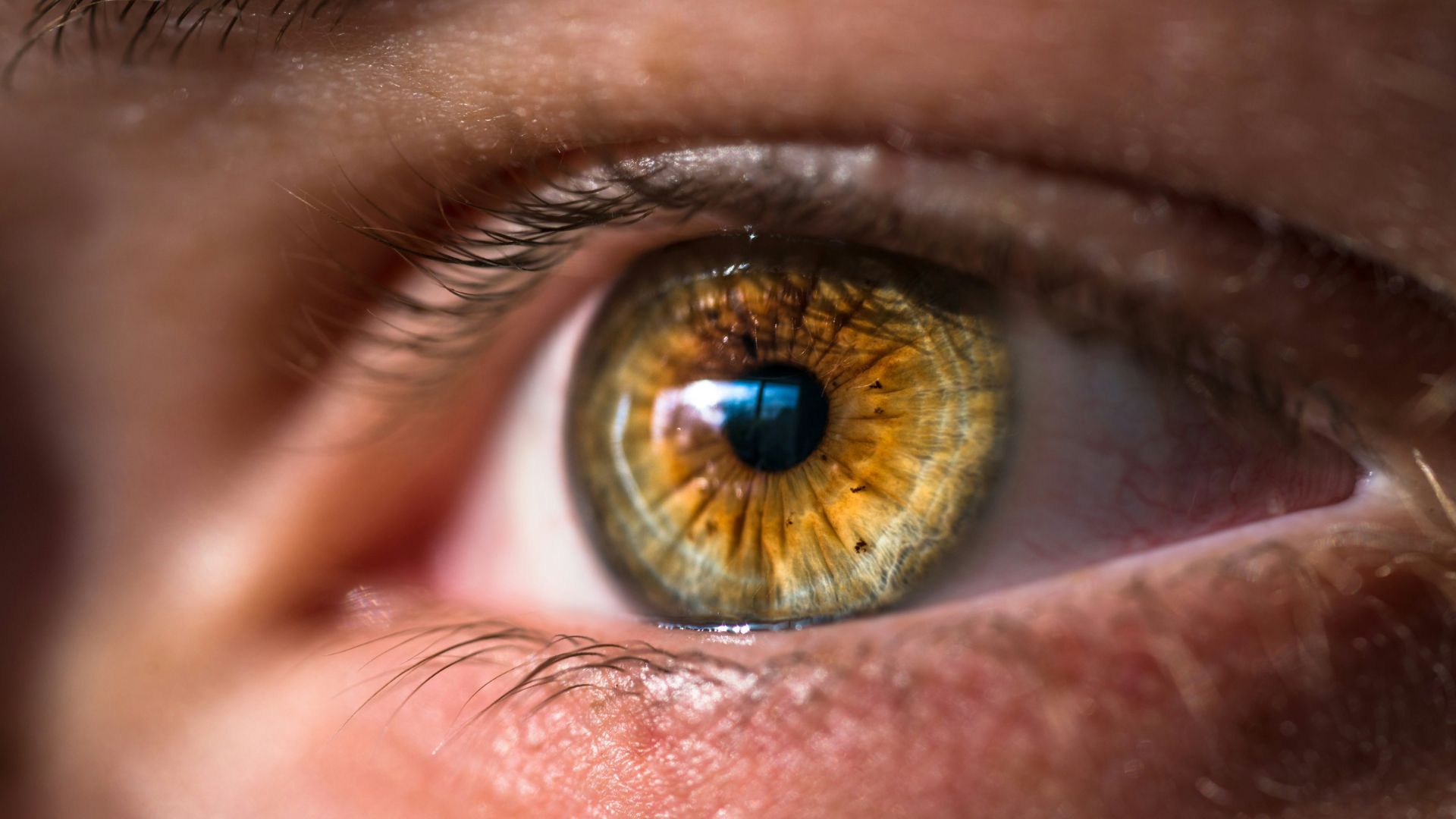
Directly observing the sun without proper protection can lead to permanent retinal damage. This damage occurs because the sun’s intense light can burn the retina, the part of the eye responsible for receiving light and sending images to the brain.
The risk is even higher during an eclipse, as the usual reflex to squint or look away from the bright sun is diminished, encouraging longer exposure to harmful rays (via National Eye Institute).
A Stark Reminder from 2017
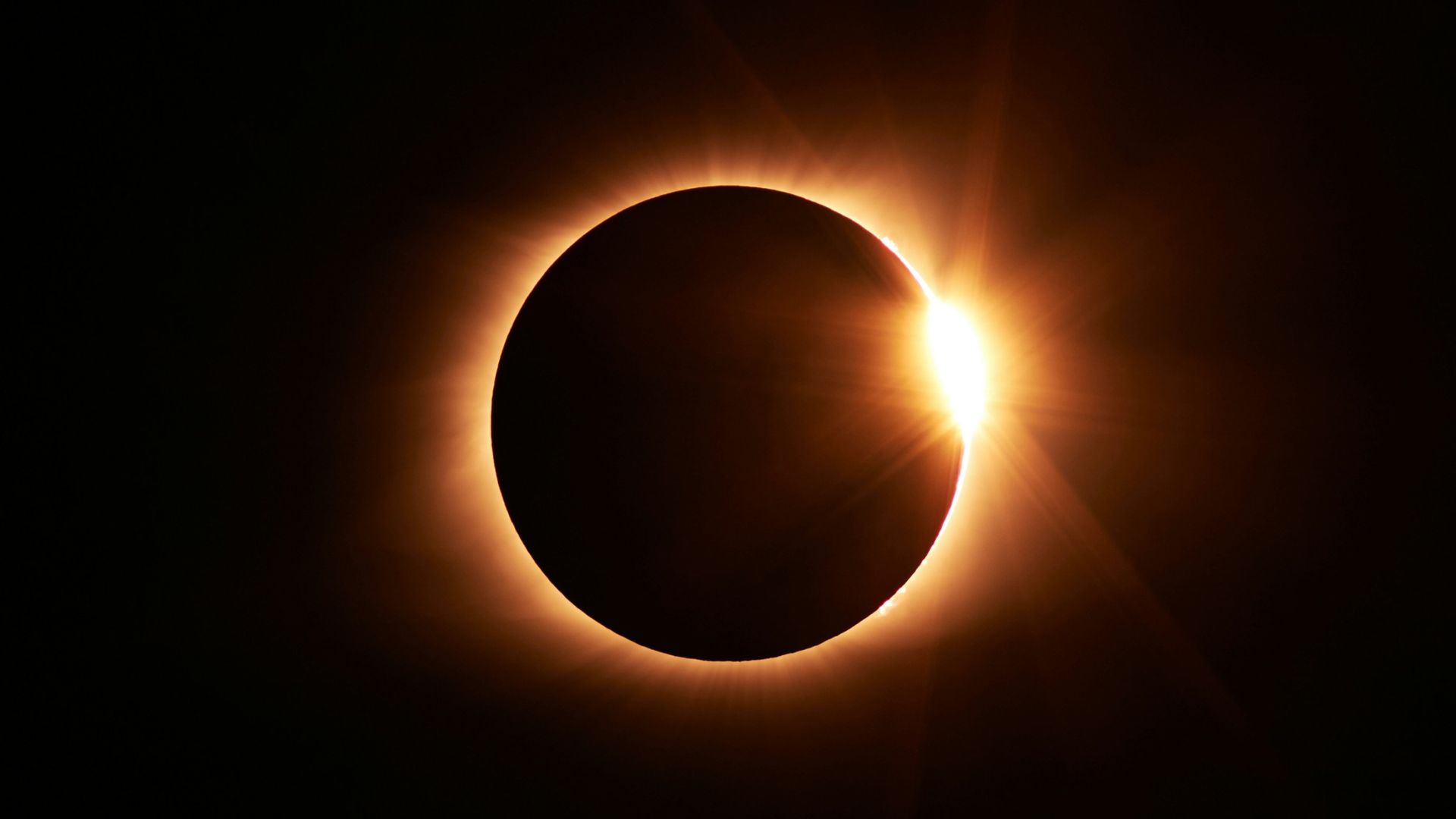
A vivid example of the dangers posed by unsafe eclipse viewing came in 2017 when a Staten Island woman suffered significant retinal damage after watching an eclipse with glasses that failed to offer adequate protection.
Her experience, detailed by Mount Sinai’s New York Eye and Ear Infirmary in JAMA Ophthalmology, serves as a powerful warning. She reported seeing a persistent “sun-eating-moon” image, reminiscent of a crescent moon or “Pac-Man,” even when she closed her eyes.
Understanding Solar Retinopathy

Per the Cleveland Clinic, solar retinopathy is the medical term for eye damage caused by looking directly at the sun. This condition results from the phototoxic effects of intense solar radiation on the retinal tissues, leading to visual impairment.
Symptoms can include blurred vision, a dark or blind spot in the center of vision, increased sensitivity to light, and in some cases, distortion of colors. These symptoms can be permanent, emphasizing the need for caution.
The Safe Zone: Totality Explained

According to NASA, totality during a solar eclipse offers a brief window when it’s safe to gaze directly at the sky without eye protection. This phase occurs when the moon completely covers the sun, temporarily blocking its harmful rays.
However, this is only safe for a very short period of totality and not before or after, when partial exposure occurs. Proper timing and protective measures are crucial outside this fleeting safe period.
Approved Eclipse Glasses: Your Best Defense

The American Astronomical Society (AAS) recommends using eclipse glasses that meet the international standard ISO 12312-2 for safe viewing. These glasses are designed to block out harmful ultraviolet, visible, and infrared radiation.
Picking the right glasses is crucial, as the AAS has listed over 100 suppliers on their site, ensuring you have plenty of verified options for protecting your eyes during an eclipse.
DIY Viewing Methods: Pinhole Projectors
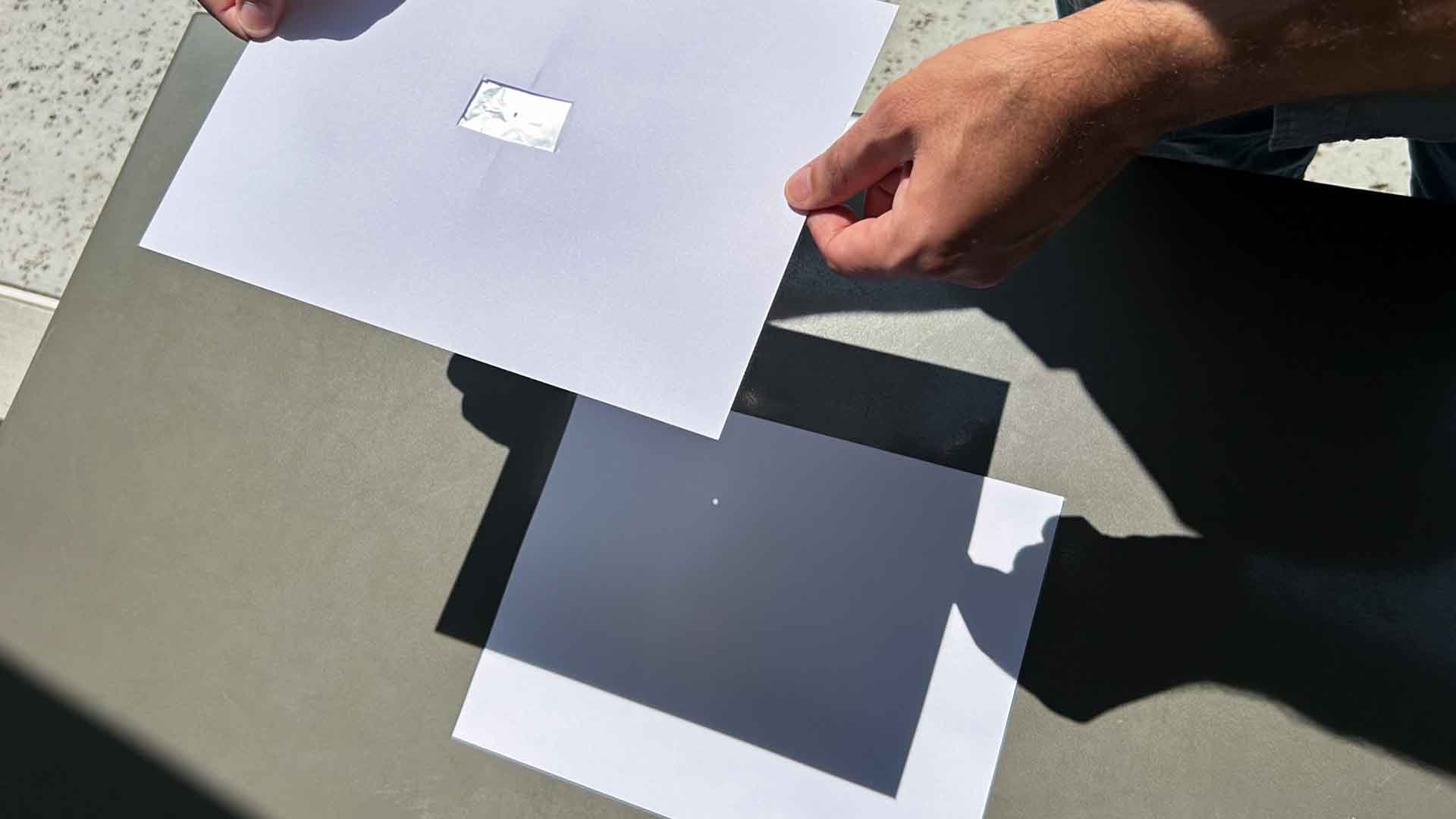
For those who prefer a hands-on approach or lack access to certified eclipse glasses, creating a pinhole projector is a safe and effective way to enjoy the eclipse (via NASA). By allowing sunlight to pass through a small hole onto a flat surface, viewers can observe the eclipse’s progress indirectly.
This method prevents direct exposure to harmful solar radiation, safeguarding your vision while still partaking in the event.
Real-life Consequences: The Story of Two Friends

Lou Tomososki and Roger Duvall starkly illustrate the lifelong impact of a moment’s choice to view an eclipse without proper protection. As teenagers, they suffered eye damage from observing a partial solar eclipse without any protection (via USA Today).
Decades later, they still experience vision problems, a constant reminder of the risks involved. Their story is an example of why taking precautions is non-negotiable.
A Call for Preparedness
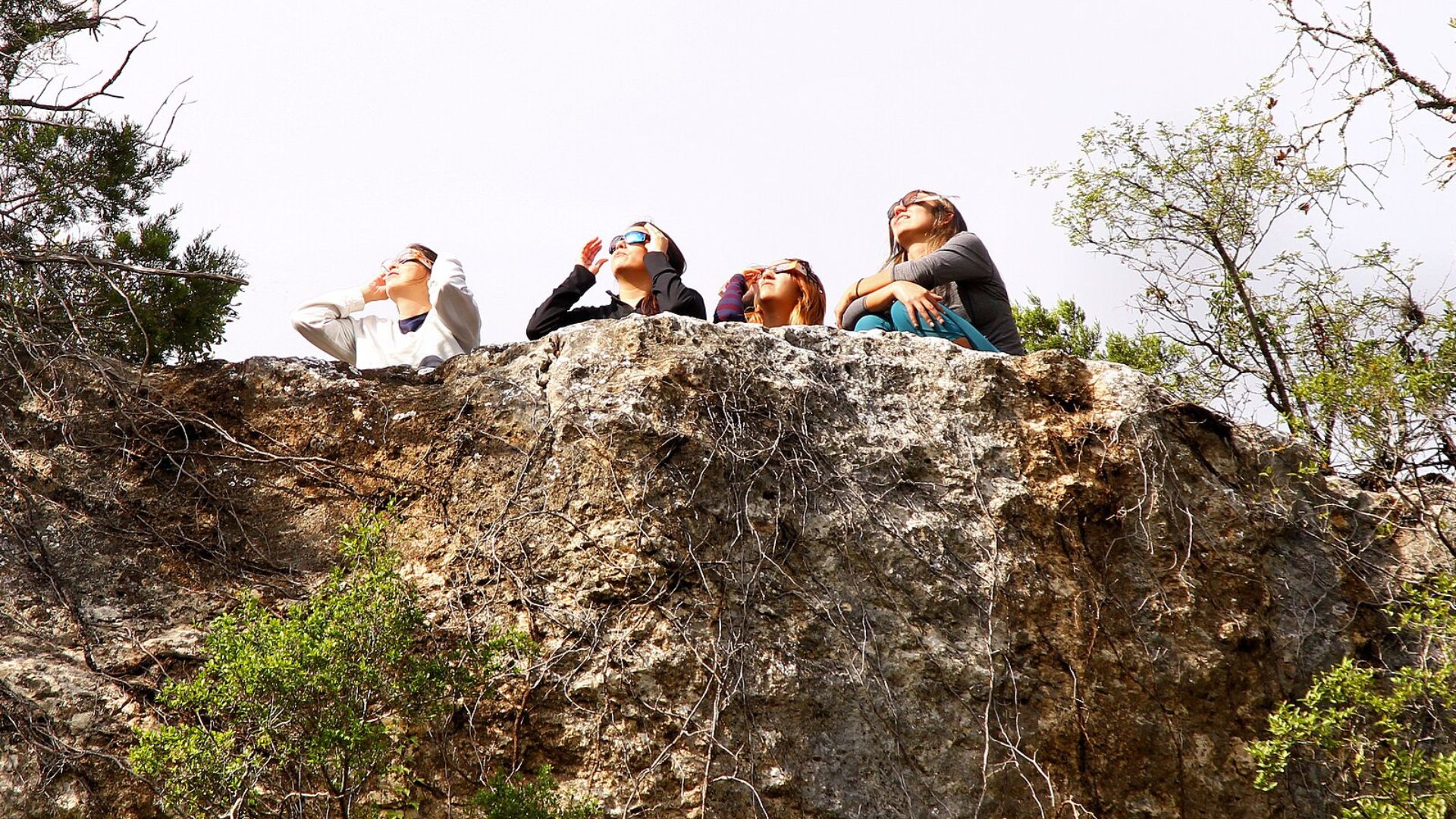
The 2024 solar eclipse, due to its path over several major cities, is expected to draw even larger crowds, underscoring the importance of preparedness.
Experts urge future viewers to plan ahead and ensure they have the necessary protection to prevent eye damage. This event presents an opportunity for widespread education on the importance of eye safety during eclipses.
Counterfeit Glasses: A Modern Problem
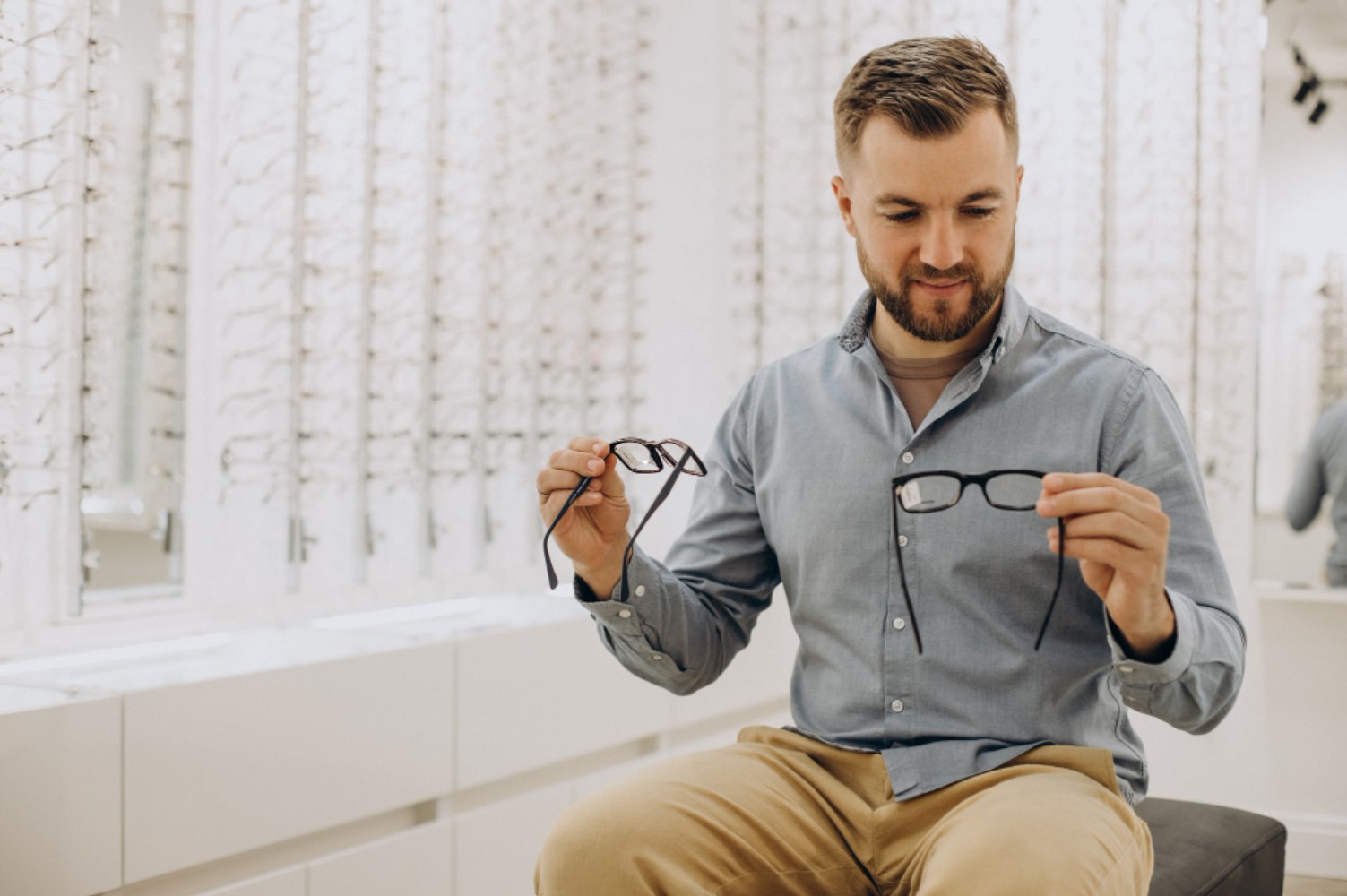
The prevalence of counterfeit eclipse glasses poses a significant risk to unsuspecting consumers. These fake glasses may not offer adequate protection from the sun’s harmful rays, leading to potential eye damage.
The AAS has issued warnings and guidance on how to spot and avoid these unsafe products, emphasizing the importance of purchasing from verified sources.
A Community Experience
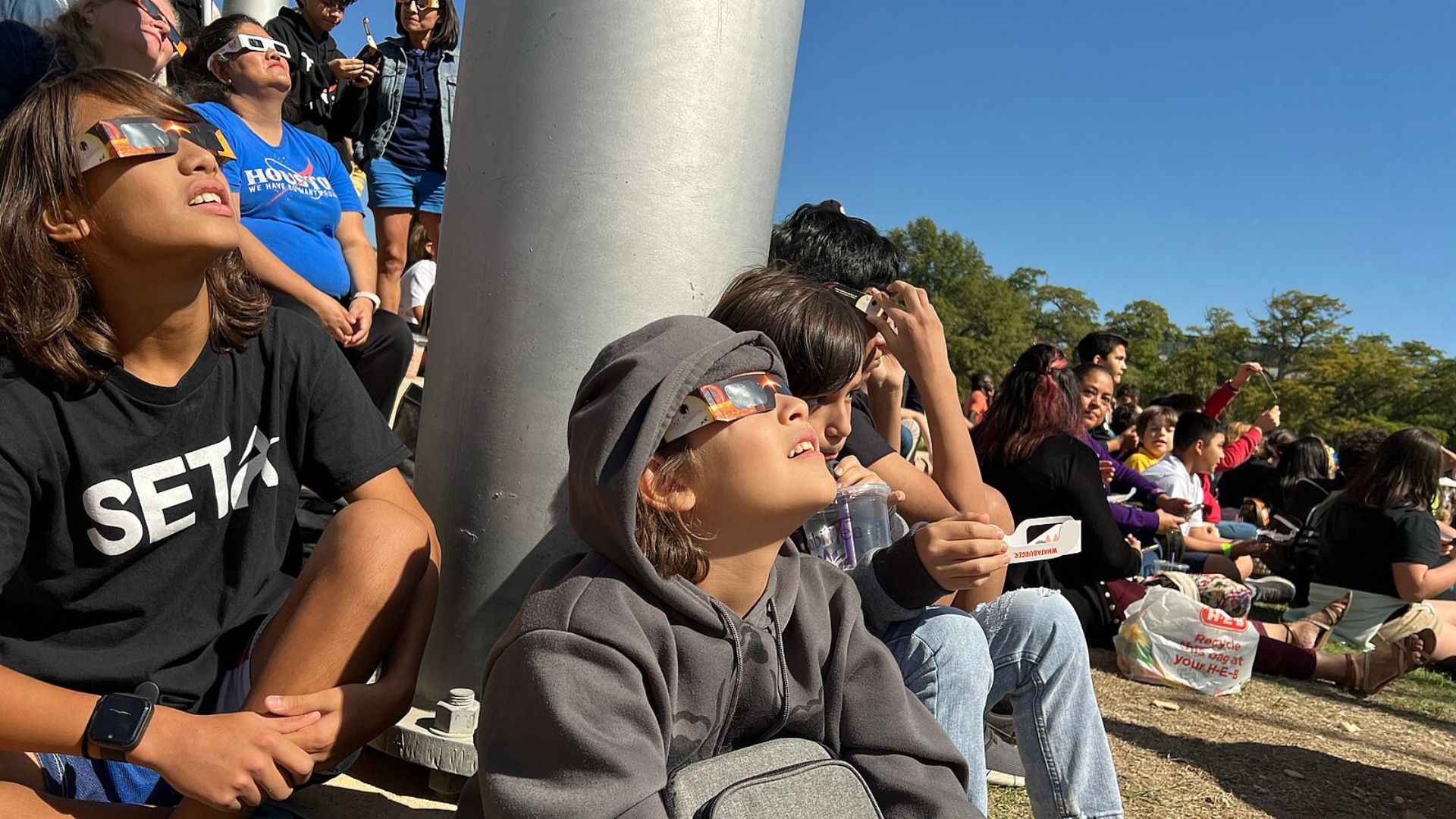
Eclipse watching can be a memorable community event, bringing people together to witness the marvels of our universe. Schools, astronomy clubs, and local communities often organize viewing parties, equipped with the necessary safety measures to ensure everyone can enjoy the event without harm.
These gatherings not only foster a sense of community but also provide an educational experience for all ages.
Prioritizing Eye Health
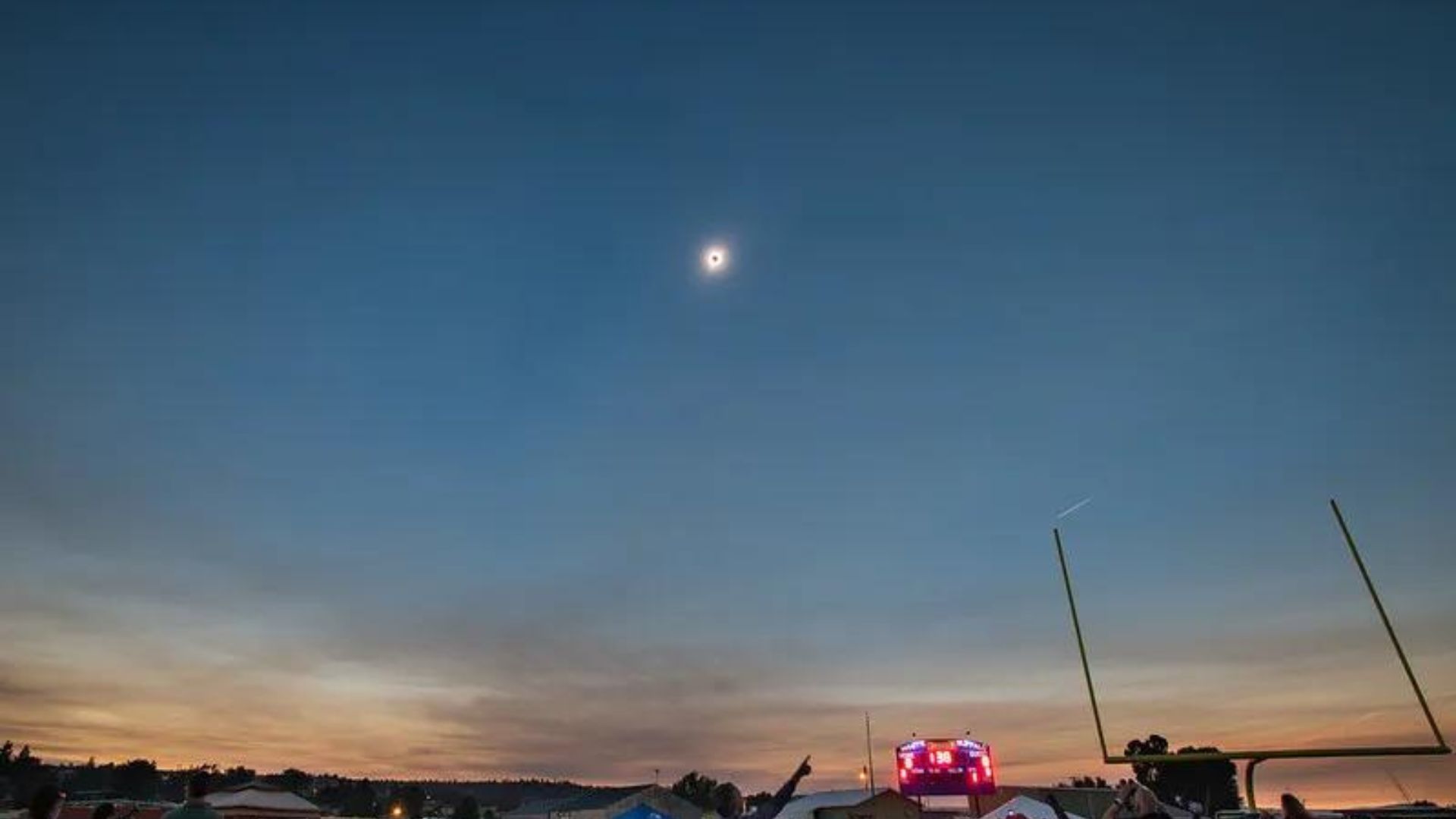
As we prepare for the upcoming eclipse, it’s essential to remember the importance of protecting our eyesight.
By following expert advice, using approved viewing methods, and spreading awareness about the risks and precautions, we can all enjoy these celestial phenomena safely.








































